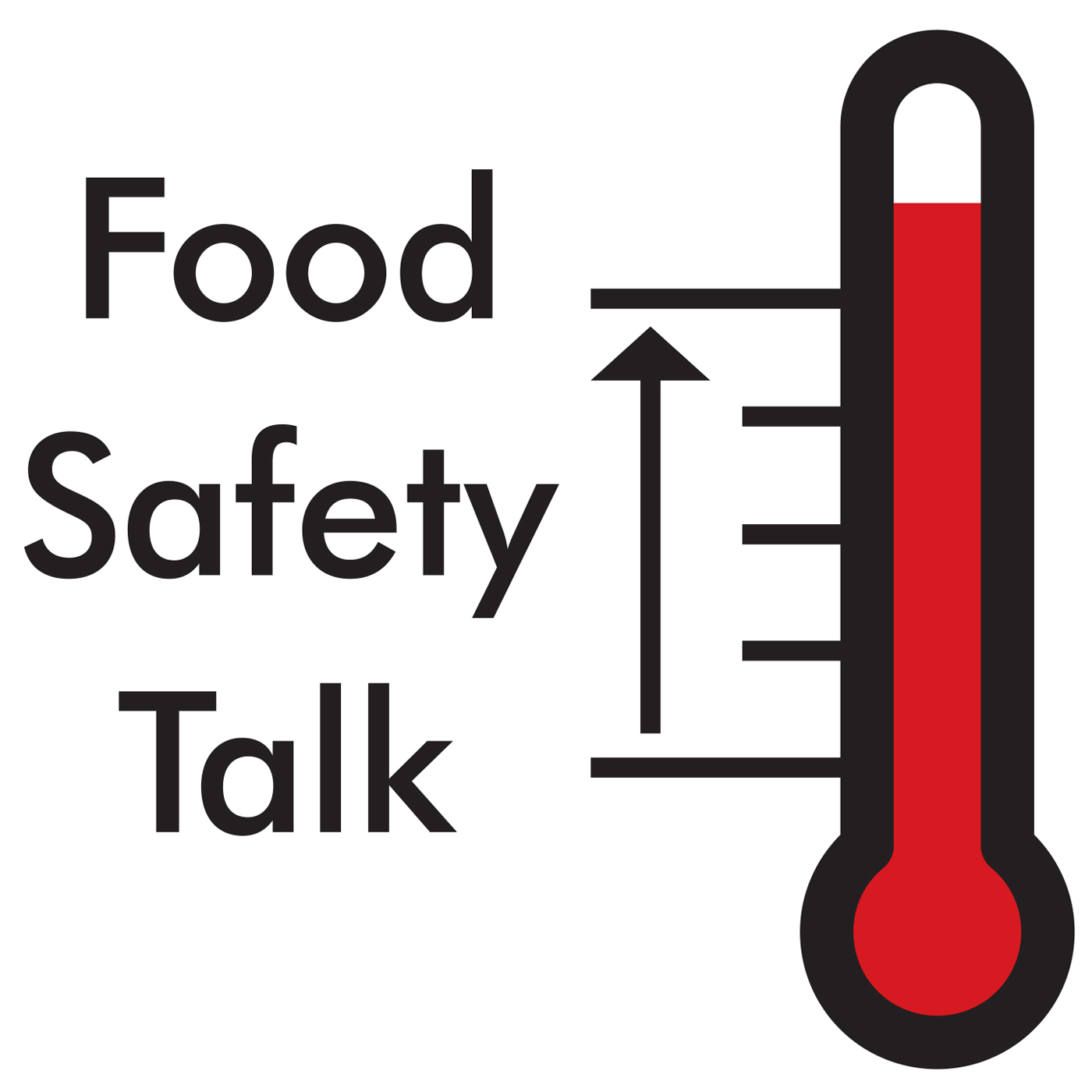Food Safety Talk 67: John Bassett

b'In this episode Don talks with John Bassett. The scene opens with a vivid description of a picturesque English village with pigeons pooping on the eaves and birds chirping in the background. John starts by telling the listeners a bit about his background. He is a veterinarian by training, having earned his degree in New Zealand. He spent seven years as a veterinary practitioner; a bit like that depicted in All Creatures Great and Small in Epsom (that\\u2019s in England). John returned to New Zealand and began a small animal practice but quickly transitioned to work for a government biosecurity laboratory in Wellington (that\\u2019s in New Zealand) where he solved problems during extended coffee breaks taken in trendy cafes. John got his start in risk assessment using the OIE approach. John\\u2019s next career move was to industry as a risk assessor with Unilever; this took him back to England (that\\u2019s in the United Kingdom). The guys got sidetracked and discussed the sole-crushing bureaucracy that can be found in big industry (not that there\\u2019s anything wrong with that). John\\u2019s latest career change finds him in a new mode as food safety consultant. The guys discussed the recent Chobani mold incident. From here the conversation jumped into tea. Iced tea with added sugar was discussed as a possible growth medium for generic E. coli (special concern was expressed for sun-brewed tea) and the potential for herbal (pronounced \\u2018erbal\\u2019 by some) tea as a source of bacteria and maybe pathogens. John talked about some of his current risk assessment work, and the difficulty of making risk management decisions for low-frequency events. John explains his recent interest in Gael Risk assessment techniques. This approach can be used for semi-quantitative risk assessment, and may have value in preventing problems like the recent horse-meat food scandal. The value of audits in science-based food safety was questioned and discussed, and Don and John disagreed about the value of semi-quantitative risk assessments. Bandwidth on John\\u2019s end starts to suffer (perhaps due to John\\u2019s kids arrival home from school) so the conversation is paused briefly, while John (the poopy-head) sorts it out. The show resumes with a discussion on whether HACCP is risk based or not. John notes that one key to \\u201cselling\\u201d a risk assessment might be based on saving money in the long run, perhaps from a reduced need for testing and auditing. A discussion of the Elliott Review takes place before the guys re-iterate the need for using computerized systems for effective traceback in the food supply chain; especially ones that do not need to be linked via paper documents. John mentions that he will not be at IAFP 2014 due to lack of a wealthy sponsor; but he does plan to attend the IAFP European Symposium in Cardiff in 2015. Don reveals his IAFP presidential party plans (Beer, Bourbon, and BBQ), while John contemplates pork ribs somewhere closer to home. John mentioned the use of the sear and shave technique to produce safer raw burgers in the UK. Don didn\\u2019t seem convinced, and will continue using his iGrill and tip sensitive digital thermometer, as suggested for use in previous Food Safety Talk episodes, \\u201cbecause everyone\\u2019s gotta have a hobby\\u201d. Both guys reminisced over outbreaks of Campylobacter jejuni from seared chicken livers that occurred in the UK and USA. In the After Dark portion, Don transitioned into talking about Doctor Who, and John explained he was late for the podcast meeting because of a meeting with McDonald\\u2019s own Bizhan Pourkomailian.'